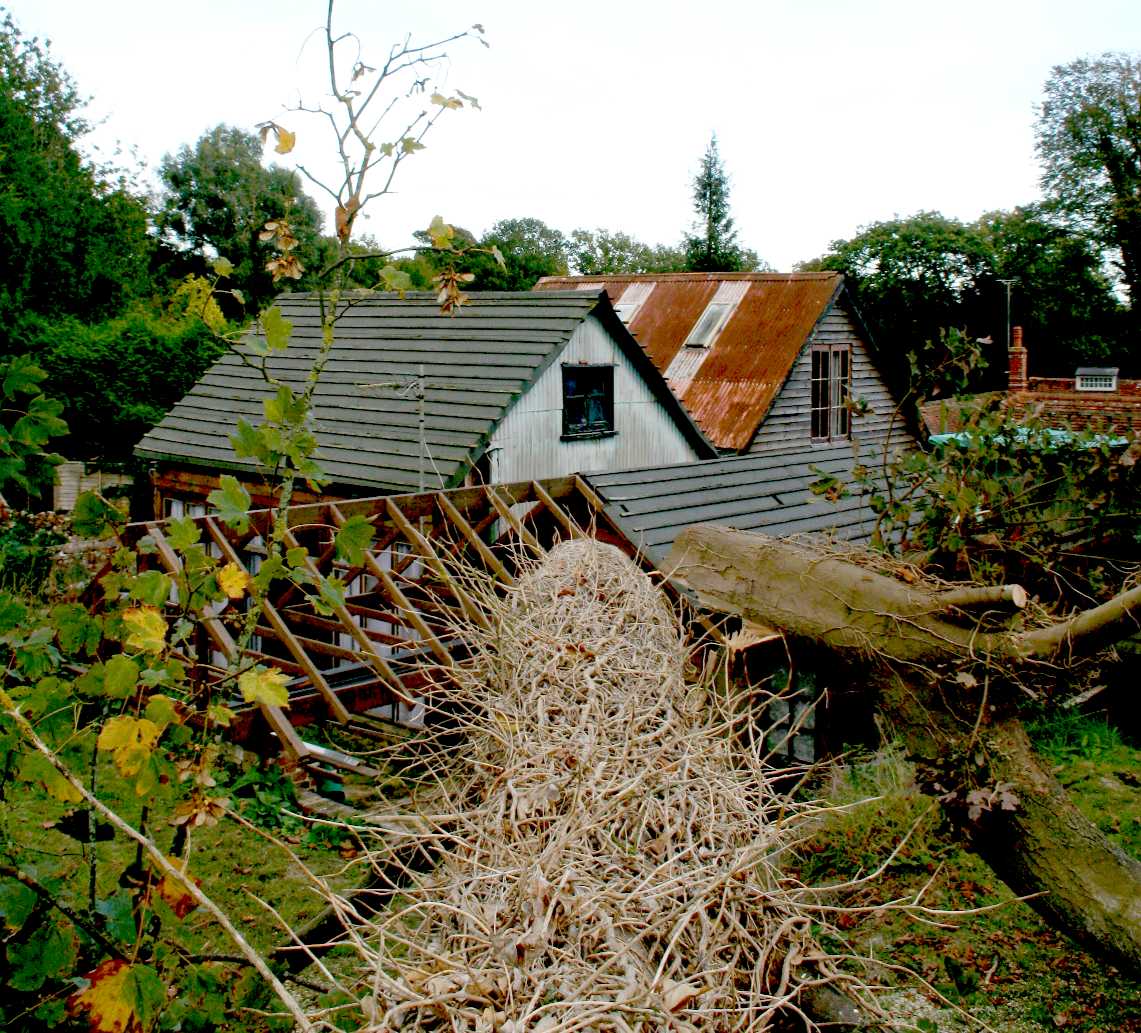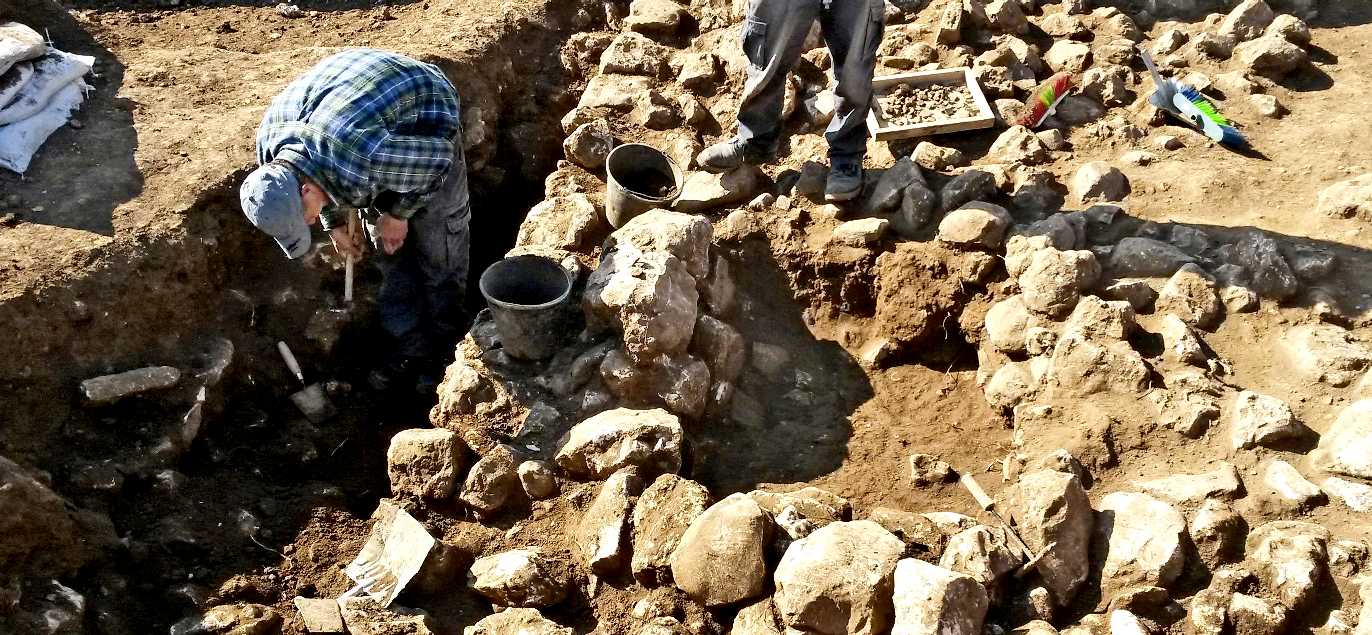|
CASPER JOHNSON
BARKER PAUL | BIRD CHEZEL | BROWN DR ANDREW | COSSINS SIR NEIL | JOHNSON CASPER | MAGNUS SIR LAURIE | WOODCOCK DR ANDREW
|
|
|
The County Archaeologist at East Sussex County Council is Casper Johnson. He is of the opinion that conservation design would be for the Wealden District Council's conservationist to advise on. The current Chairman of Historic England is Sir Laurie Magnus. He has delegated replies to his colleague Dr. Andrew Brown.
Dr. Andrew Brown is the Planning Director for the south east of England. He was kind enough to point out that the Generating Works is not a listed building and is not on the At Risk register, but was included on a Monument Protection Programme report for the early electrical generating industry, of which Herstmonceux Museum is the only surviving example of its kind.
The generating buildings were not selected for statutory protection but could become listed if the Trust occupying the site were minded to make such an application, though the onerous conditions that would apply if they did so would be bound to cause untold planning and financial difficulties.
2017 - After considerable effort by umpteen volunteers, the historic generating buildings from C. 1900 at last have a roof that will last. With respect to the obligations imposed on all property owners and operators by the Climate Change Act 2008, PV solar panels are being installed (pergola in foreground), a wind turbine and solar water heaters. In addition, where possible glass area is being included to harvest passive heat to reduce the carbon footprint of this interesting complex. None of these improvements have harmed any of the original structure, which remains more or less as it was built, except for the missing range known as Phase B?, a section of the generating installation that it is hoped to reconstruct in similar outline in 2018.
Other faces of the building will be treated and protected with wooden cladding to also improve the insulation as a bonus to environmentalists. Instead of opening this site to the public, it is planned to replicate the internal and external features, including the National gas engine and make that available to the public as a 3D Virtual Museum experience.
CASE HISTORY
The only person to go out of his way to define the history of the Generating Station at Herstmonceux and then proffer sensible suggestions as to how to settle on a reasonable and beneficial use, ignoring the identity (to avoid discrimination) of the then occupier, was Dr Andrew Woodcock, This was when he was the County Archaeologist between 1998 and 2001.
At that time it soon became apparent that English Heritage were powerless to prevent any local authority doing what they wanted, which in this case was to keep up the charade and not worry at all about the historic asset. Nor would English Heritage tackle the obvious discrimination and possible fraud, that was then and is now ongoing. A letter from Sir Neil Cossins confirmed the inability of English Heritage to do more, but in fact the public may see that as a convenient get-out.
Hence, if a local authority decide to dupe the Secretary Of State, as the example given herein demonstrates, historic buildings are at the mercy of planning committees who are in turn at the mercy of unbalanced or otherwise biased or incomplete reports by their officers. In other words, without any effective policing of the system, council corruption may continue unabated.
In the superbly documented example we are proud to report on, consecutive serving conservation officers with the Wealden District Council, first ignored all clues to the origins of a historic building, then later when English Heritage's Dr Richard Morrice confirmed the historic find, declined to answer pointed questions as to the value of the asset. In this example Wealden's so-called conservation expert knew that DOE Inspectors Raymond Dannreuther and Raymond Michael had not been fed incorrect information by George White and Thomas Hoy in 1987 and Chezel Bird and Douglas Moss in 1997, but knowing and fearful of losing favour with his bosses, the Council's expert refused to clarify the situation for Councillors asking direct questions, presumably having been warned by the instructing legal department that his future with Wealden rested on his cooperation to continue in denial.
Fortunately for Dr Woodcock he was just far enough removed at that time to be able to instruct and independent assessor to prepare a survey report. We hope that Dr Woodcock was not treated unfairly for helping where he could, but he is not the County Archaeologist any more. We hope that he moved on to suit himself - where East Sussex County Council now works hand-in-glove with Wealden District Council - thereby introducing a conflict of interests by the amalgamation of departments. Can we then expect any assistance from ESCC, we are sure Mr Johnson will do his best in the circumstances. He has in the past done the right thing for which the occupiers of the historic asset were very much relieved.
This amazing view is the only one of its kind in the world. As an example of technology change and adaptation it is unique. Under the left boughs of the oak tree in the left of the picture is the windmill at Windmill Hill that made the flour for the Herstmonceux village bakery. On the right is the electricity generating buildings that powered the village bakery. This view across a public footpath, will be lost forever to those who enjoy access to the countryside and historic buildings, if a proposal to flood the village with up to 70 houses more than is required by the Secretary of State for this area of Sussex.
MORE OF THIS STORY TO COME English Heritage's Archaeology and Survey Department The Archaeology and Survey Department is part of English Heritage's Conservation Department and provides archaeological expertise and advice to the organization. The Archaeology and Survey Department consists of three divisions:
2015 - A special treat for country lovers who enjoy seeing rural buildings in the flesh. This relatively unspoiled example of early electricity generation is in much need of a new roof and woodwork treatments. A unique find, it is rare to see a semi-industrial building that is made of wood, survive two World Wars. Indeed, this building doubled up in World War Two as a hospital for wounded airmen. Hence the title RAF Herstmonceux, because of the special association that Sussex had with the Chain Home early warning radar station complexes at RAF Wartling and RAF Beachy Head.
English Heritage was created by Parliament in 1984 and charged with the protection of the historic environment and with promoting public understanding and enjoyment of it. English Heritage is the Government's official adviser on all matters concerning heritage conservation, conservation areas, and the repair of historic buildings.
English Heritage's principal aims are:
1) To secure the conservation of England's historic sites, monuments and buildings. 2) To promote people's access to, and enjoyment of, this shared heritage. 3) To raise the understanding and awareness of our heritage to increase commitment to its protection.
EH CONTACTS
23 Savile Row London, WC1H 1AB Tel: +44-171-973-300 Fax: +44-171-973-3001 Web: www.english-heritage.org.uk
AFFORDABLE | CLIMATE | DEVELOPERS | ECONOMICS | HOMELESS | LADDER | MORALS | POVERTY | PROPERTY | SLAVERY | WEALTH
|
|
|
This site is free of © Copyright except where specifically stated. Any person may download, use and quote any reference or any link, and is guaranteed such right to freedom of information and speech under the Human Rights and Freedom of Information Acts. However, be aware that we cannot be held liable for the accuracy of the information provided. All users should therefore research matters for themselves and seek their own legal advice and this information is provided simply by way of a guide. Horse Sanctuary UK Limited.
|





